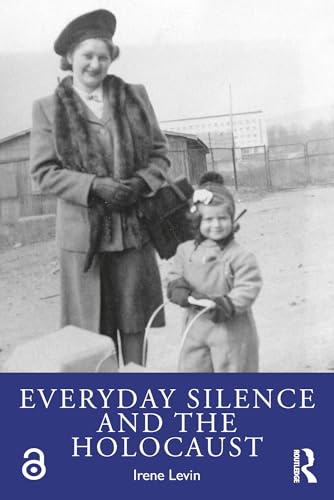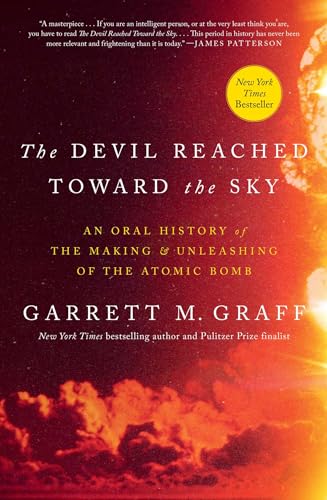
World War Two in Alaska and Northwest Canada 1941-1945
by Stan Cohen
Popularity
4.26 / 5
* A book's popularity is determined by how it compares to all other books on this website.
Where to buy?
Buy from Amazon* If you buy this book through the link above, we may receive a small commission at no extra cost to you.
World War Two in Alaska and Northwest Canada 1941-1945 by Stan Cohen
Details
War:
World War II
Perspective:
Researcher
True Story:
Yes
Biography:
No
Region:
North America
Published Date:
2019
ISBN13:
9780878426935
Description
Brief Summary
World War Two in Alaska and Northwest Canada 1941-1945 by Stan Cohen is part of the forgotten war series, delving into the lesser-known aspects of World War II that took place in the harsh and remote regions of Alaska and Northwest Canada. The book offers a comprehensive look at the strategic importance of these areas during the war, exploring the military operations and infrastructure developments that were significant yet not widely recognized. Cohen provides a detailed account of the challenges faced due to the extreme climates and the logistical complexities of wartime efforts in these uncharted territories.
Main Themes and Topics
The book focuses on several key themes, one of which is the strategic significance of Alaska and Northwest Canada during World War II. It highlights the construction of the Alaska Highway, which was pivotal for military mobility and supply routes. Another important topic is the collaboration between the United States and Canada, emphasizing their joint efforts in fortifying the defense lines against potential threats. Through a collection of photographs and firsthand accounts, Cohen vividly depicts life in these remote outposts, spotlighting both the military personnel and the local populations who played crucial roles during the war.
Writing Style and Tone
Stan Cohen's writing style is informative and accessible, well-suited for both history enthusiasts and general readers. He employs a narrative approach that combines historical data with personal stories, creating a vivid portrayal of the era. The tone of the book is educational yet engaging, making complex military operations and geopolitical strategies comprehensible without losing the gravity of the subject. Cohen's use of visual materials such as maps and photographs further enriches the text, providing readers with a more tangible understanding of the time and place.
Criticism
While the book is acclaimed for shedding light on a less-discussed aspect of World War II, some readers may find it lacking in depth regarding certain military strategies and broader international contexts. The focus on specific regional activities might not satisfy those looking for a more comprehensive, global analysis of the war, which could be seen as a limitation if readers are particularly interested in the overarching strategic narratives of WWII.









